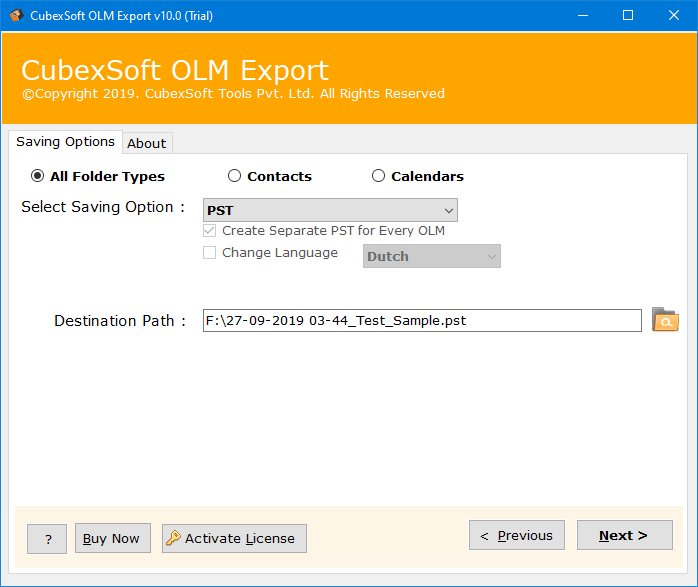Now Reading: 10 Things to Keep in Mind While Designing a Website for a Brand
-
01
10 Things to Keep in Mind While Designing a Website for a Brand
10 Things to Keep in Mind While Designing a Website for a Brand

Introduction
In the digital age, a brand’s website acts as its virtual storefront. It’s often the first point of contact between a brand and its potential customers. So, the design of your website should not only reflect your brand identity but also engage the visitors. This article aims to provide the 10 essential tips for effective brand website design, especially if you’re working with a web design agency.
1: Understanding Your Brand Identity
Every brand has a unique story and identity. The first step in website design is to make sure that this identity is clearly defined. Your website should be a reflection of your brand’s colors, logos, and ethos. It’s not just about looking good; it’s about creating a feeling of familiarity and trust. A competent & experienced web design agency understands the importance of translating your brand’s identity into your website’s design seamlessly.
2: User Experience (UX) Design
User experience(UX) is very important. A well-designed UX help visitors navigate smoothly from one point to another, making their website session both enjoyable and easy. Focus on user-friendly navigation, quick load times, and smaller screen devices responsiveness. Remember, a great user experience leads to higher engagement and conversion rates.
3: Consistent Branding Across All Pages
Consistency is the key in website design reinforces your brand identity. Stick to a consistent palette of colors, types of images, and font styles across all pages. This uniformity not only strengthens your brand but also prevents visual confusion for your visitors.
4: Content Quality and Relevance
Content is king. The content on your website should be relevant, engaging, and aligned with your brand’s messaging. High-quality content improves SEO, keeping your website visible and valuable. It’s also important to include different types of content, like text, images, and videos, to cater to various user preferences. content should be plagiarism free.
5: Visual Appeal and Aesthetics
Your website’s visual appeal can make or break visitor engagement. Striking a balance between aesthetic appeal and functionality is key. Use graphics, photos, and videos thoughtfully to enhance the user experience without overwhelming it.
6: Call to Action (CTA) Placement
CTAs are crucial in guiding visitors to take the desired action, be it subscribing to a newsletter or making a purchase or navigating to the contact us page. Place CTAs strategically throughout your website, ensuring they are noticeable and compelling without being intrusive. Avoid using CTAs in excess.
7: Incorporating Social Proof
Social proof, such as testimonials, reviews, and client logos, adds credibility to your brand. Displaying these elements on your website can significantly boost the confidence of potential customers in your brand.
8: Accessibility and Inclusivity
An inclusive website design takes into account the diverse range of people who might visit your site. Ensuring your website is accessible to everyone, including those with disabilities, is not just a matter of compliance but also a demonstration of your brand’s values.
9: Security and Trustworthiness
In an era where data breaches are common, website security is non-negotiable. Features like SSL certificates, privacy policies, and secure payment gateways are essential in building and maintaining trust with your visitors.
10: Analytics and Continuous Improvement
The launch of your website is just the beginning. Use analytics to track user behavior and feedback for ongoing improvements. This data-driven approach ensures your website evolves with your audience’s needs and preferences. Google Analytics & Google Search Consoles are great tool to monitor your website analytics.
Conclusion
Designing a website for your brand is a journey that goes beyond aesthetics. It’s about creating a space that embodies your brand, engages your audience, and evolves over time. By keeping these ten tips in mind, you’re on your way to developing a website that not only looks great but also performs exceptionally.
I invite you to share your experiences and insights in the comments below. Let’s discuss how we can all create more engaging, effective, and memorable websites.





















